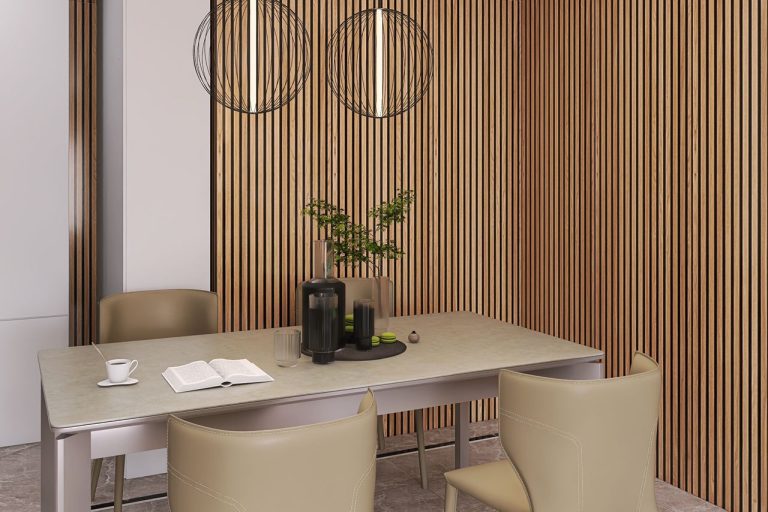Your office should feel like a safe, productive space where your team can focus on what they do best. But if you’re like most business owners, you’ve probably wondered whether your current security measures are actually protecting your most valuable assets – your people, equipment, and sensitive information. The good news is that effective office security doesn’t have to mean turning your workplace into Fort Knox or making life difficult for your employees. With the right approach, you can create comprehensive protection that enhances rather than hinders your daily operations. For customized office security solutions that fit your specific business needs, ZML Access Control, https://www.zmlaccesscontrol.com/, specializes in creating secure yet user-friendly environments.
Beyond Basic Locks: What Modern Office Security Really Means
Today’s office security goes far beyond a simple deadbolt on the front door. It’s about creating layers of protection that work together seamlessly. Think of it as a security ecosystem that includes controlled access points, surveillance systems, intrusion detection, and smart integrations that can alert you to issues before they become problems.
The most effective office security solutions are almost invisible to your employees while being highly visible deterrents to potential intruders. Your team should be able to move freely through authorized areas without constant security friction, while unauthorized visitors find it nearly impossible to gain access to sensitive zones.
Protecting What Matters Most
Let’s be honest – your office contains valuable assets that go beyond just computers and equipment. Client files, financial records, proprietary information, and employee personal data all require protection. A comprehensive office security system creates different security zones within your space, ensuring that your accounting department’s financial records aren’t accessible to everyone with building access.
Modern office security also addresses employee safety concerns. Features like panic buttons, emergency lockdown capabilities, and after-hours monitoring ensure your team feels secure whether they’re working late or arriving early.
The Technology That Makes It All Work
Today’s office security solutions leverage smart technology to provide real-time insights and automated responses. Cloud-based systems let you monitor your office remotely, receive instant alerts about security events, and manage access permissions from anywhere. Integration with existing business systems means your security platform can work alongside your HR software, automatically updating access permissions when employees join or leave your company.
Balancing Security with Daily Operations
The best office security solutions enhance your business operations rather than complicate them. Employees can use their existing ID badges for building access, visitors can be pre-registered through simple online systems, and delivery personnel can access specific areas without compromising overall security.
Smart integration means your security system can automatically adjust lighting and HVAC systems based on occupancy, potentially reducing energy costs while maintaining security protocols.
Building Employee Confidence and Client Trust
When your office security is professional and comprehensive, it sends a message to both employees and clients that you take their safety and privacy seriously. This can be particularly important if you handle sensitive client information or operate in regulated industries where security compliance is mandatory.
Investing in proper office security solutions isn’t just about preventing break-ins – it’s about creating an environment where your business can thrive with confidence.


